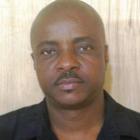ADVERTISEMENT
History
Martelly, Paul commemorating Jean-Jacques Dessalines
Here is a picture of President Michel Martelly and Prime Minister Evans Paul at 209th anniversary of the death of Jean-Jacques Dessalines.
Jean-Jacques Dessalines (20 September 1758 - 17 October 1806) was born in Africa, and was enslaved in the French colony of Saint-Domingue. He was a lieutenant under Toussaint Louverture. After the betrayal and capture of Toussaint Louverture in 1802, Dessalines rose to the power in the army but later he became the leader of the revolution. On 1st of January, 1804, at the dawn of a new age without French colonists or slaves, he renamed 'Saint-Domingue' to 'Haiti' and declared it an independent country, proclaiming himself as the governor-general for life. Later in that year in September, he adopted the title "Jacques 1, Emperor of Haiti". Despite his brutality, he is honored as one of Haiti's founding father.
Grotte Marie-Jeanne in Port-à-Piment, Haiti
Here is the location of Grotte Marie-Jeanne in relationship to the city of Port-à-Piment in Haiti
In Haiti in the Coteaux Arrondissement is Port-a-Piment commune. In the southern section of Port-a-Piment stands La Grotte Marie Jeanne, covering two and a half miles of ground.
A three-tiered cave, it contains stalactites, a rose-hued deck, and dangling vines. Archaeological riches have been excavated there, harking back to the indigenous Tainos. To date 36 chambers have been found, with possibly more yet undiscovered.
The entry fee to explore the caves along with experienced guides in $2 USD.
Haitian History Bee on Haitian Cultural Heritage Month
The Miami-Dade County Commission Chairman Jean Monestime who is a Haitian-American, did not stay quiet during the Haitian Cultural Heritage Month in Miami-Dade County. As part of his efforts to educate as many children about the Haitian culture, he has been organizing a Haitian History Bee contest every year for the past three years. This year is no exception. The participants are elementary, middle and high schools students from Miami-Dade
Miami-Dade held the Haitian History Bee in May. The event was funded by Jean Monestime, Miami-Dade's County Chairman.
Three Miami-Dade schools each sent four teams to vie for the top spot, selected from public and private, primary, middle- and high school levels.
The contest coincided with Haiti's Haitian Cultural Heritage Month. One competitor said, ". . . Haitian history is difficult but ". . . . I think it's a hidden gem."
200 monuments and sites of Haiti by ISPAN
Here is the book released by ISPAN in the presence of Ambassador of USA, 200 monuments and sites of Haiti, listed by ISPAN.
The National Heritage Protection Institute (ISPAN) with the support of a grant of US$41,500 from the United States named "U.S. Ambassadors Fund for Cultural Preservation (2012)" has published an illustrated cultural document-- "200 Monuments and Sites of Haiti". A copy of the book has been gifted by Joan Dithny Raton, the Haitian Minister of Culture to the U.S Ambassador in Haiti Ms. Pamela A. White during a ceremony held at the historic Fort-Jacques, in recognition of her country's contribution to the publication of this cultural document. During the occasion, Patrick Durandis, the Director of ISPAN has said that it is a matter of regret that our historic sites and our heritage are better known to others than the Haitians. The book contains some of the most representative photographs and information on our diverse heritage and rich culture that everybody must know.
New Toussaint Louverture statue in La Rochelle, France
To publicly recognize Toussaint Louverture as one of the first in the fight to abolish slavery a statue was unveiled in his honor at the Museum of the New World of La Rochelle France. The city of La Rochelle played a very important role during the period of slavery. This great leader fought until his death for the abolition of slavery.
On Wednesday, May 20th, in the presence of the Mayor of La Rochelle, the Senegalese sculptor Ousmane Sow and a Haitian official delegation, a statue of Haitian revolutionary and a leader of independence, Toussaint Louverture (1743-1803) has been unveiled in the courtyard of the Museum of the New World of La Rochelle France. Toussaint Louverture (nicknamed The Black Napoleon) was a former slave, in 1801, promulgated an autonomist constitution for the colony, with himself as governor for life. But in the next year he was forced to resign by forces sent by Napoleon Bonaparte. The 2.80 meter high bronze statue in the costume of governor of the French Republic of Santo Domingo, is a tribute to him for abolishing slavery in the country. Toussaint Louverture died in 1803 in a cell in Fort de Joux (Doubs, Savoie).
Kiosk Occide Jeanty turned into amphitheater
Will Champ de Mars in Port-au-Prince regain its cultural and artistic reputation of the old days? Whether or not it will, there has been some efforts made in that aspect and specially with the renovation works and expansion of the kiosk Occide Jeanty that has been upgraded into amphitheater.
Kiosk Occide Jeanty now an Amphitheater
Renovated and expanded, Kiosk Occide Jeanty was launched in early May. It has become an amphitheater, containing an esplanade, dressing rooms, VIP lounge, shopping venues, and restaurants.
Canadian money funded it at $3.8 million, and the Housing Construction and Public Buildings Unit was the contractor, and Haitian engineer Maurice Solomon its engineer.
KOJ is located in Champ de Mars, a cultural and arts center, and its eponymous name refers to noted musician Occide Jeanty.
Fort Ogé in Jacmel, Haiti
This is Fort Ogé in Jacmel.
Joan Dithny Raton, the Haitian Minister of Culture visited Fort Oge to discuss necessary conservatory measures to protect the heritage monument. The first and foremost interventions they considered necessary, were: setting up a protective fence, opening a visitor center, installing sanitation facilities, signage, etc.
The Minister and the Director General met the representatives of the youth organization that oversees the monument. The Minister has ensured the full support of her ministry on the conservancy work undertaken by these volunteers. The licensee of the Ministry of Culture (MC) also made a trip to the old house of Hannibal Price. Hannibal Price was a former British soldier who had an interest in sugarcane production; he settled in Haiti in the eighteenth century and installed a steam mill built in 1818 by Lindsay & Co Workshops, Liverpool, England. According to some experts, the mill never operated. 'Moulin Price' is a machine controlled by Hannibal Price for juice extraction and production of cane sugar. The machine is classified as an item of 'world heritage' by the Smithsonian Institute, and it is one of the only two specimen steam engines listed, around the world, on its kind. The Minister has discussed about finding proper ways to identify and conserve these treasured pasts.
Fort Ogé (Cap Rouge) is a small location in the South-East of Haiti near the city of Jacmel surrounded by beautiful beaches, such as Ti-Mouillage Beach, Cayes Jacmel, etc. The fort was built in 1818 as a defensive system to stall the return of the French, if by any chance, they decide to re-invade Haiti and once again impose slavery. The fort is named after Vincent Ogé, a leading figure of the Haitian Revolution.
Cap-Haitian during government of Lysius Salomon
Here is a view of the second Haitian city Cap-Haitian in 1881 during government of Lysius Salomon.
Louis Lysius Félicité Salomon Jeune and his family were forced to flee the country to live in exile in Neyba during the rule of Charles Riviere-Hérard.
Upon his return Salomon, with the support of the masses, was named the nation's President, a role he would have until only months before his death in 1888. During this time, he was faced with many oppositions, mostly because of his radical means of turning the economic tide in the country, and also because of his determination to pay off the costly debt owed to France. He revolutionized the armed forces in the country, brought about a widespread modernization, opened the National Bank and established links between Haiti and its Caribbean neighbors, Cuba and Jamaica. The president would also rewrite the nation's constitution, making it possible for him to be re-elected in 1886 for a term of 7 years.
Haitian President, Lysius Salomon
Here is a picture of Haitian President, Lysius Salomon.
The life of former Haitian President, Louis Lysius Félicité Salomon Jeune, before he became leader of the country was riddled with stages of discord for his family with various factions. He was born in Les Cayes in 1815, and his family were an influential set who often clashed with the elite mulattoes of the south where they lived. They were forced to flee the country to live in exile in Neyba during the rule of Charles Riviere-Hérard.
This exile would not be the only one endured by Salomon. With a shift in power, as the rule of the country turned over to Faustin Soulouque, the soon-to be-president returned to Haiti and was named minister of finance, a role he would keep until Soulouque was removed from power. At that time, Salomon had to, yet again, flee Haiti in exile, living in Paris and London until it was safe for him to return.
Arch of President Lysius Salomon
This is a picture of the Arch of President Lysius Salomon
Under the administration of Lysius Salomon, Haiti began using the postage stamp issued by the International Postal Union, the country was linked to Cuba and Kingston through Môle Saint-Nicolas and Port-au-Prince respectively by a cable company out of Britain, and the ranking in the Haitian army underwent a radical reorganization.
While he made many advancements for the company, his determination to clear Haiti's debt with France put him in the crosshairs of exiled rebels seeking a coup. The last four years of his presidency were riddled with numerous rebellions from the Cacos, a military group. The zenith of these fights would be "Bloody Week" in which scores of people including merchants, foreigners and those of the elite were murdered as government buildings were set ablaze.

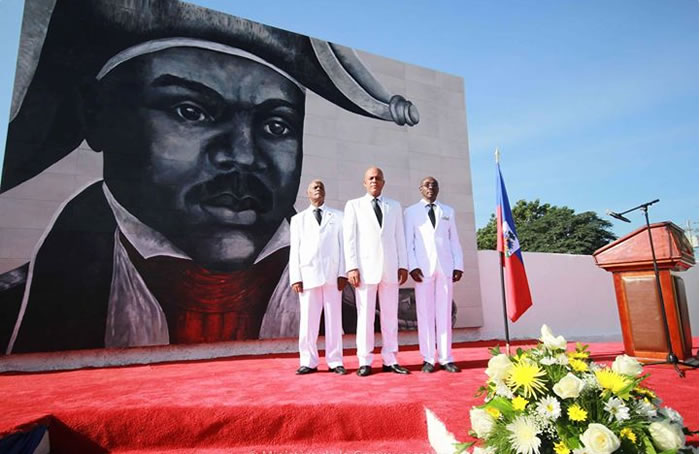
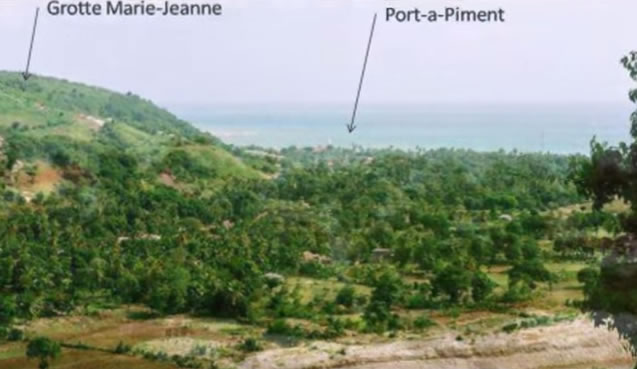
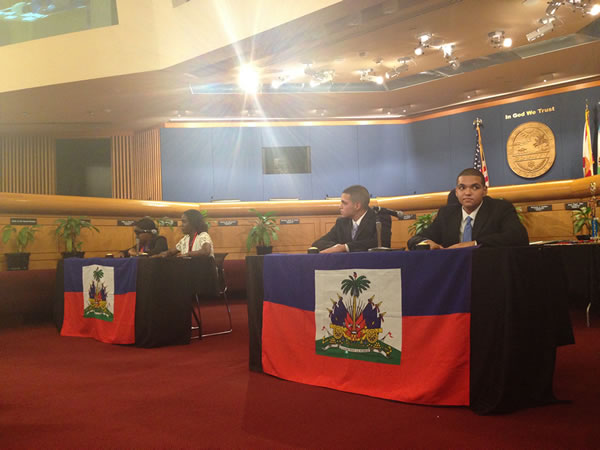

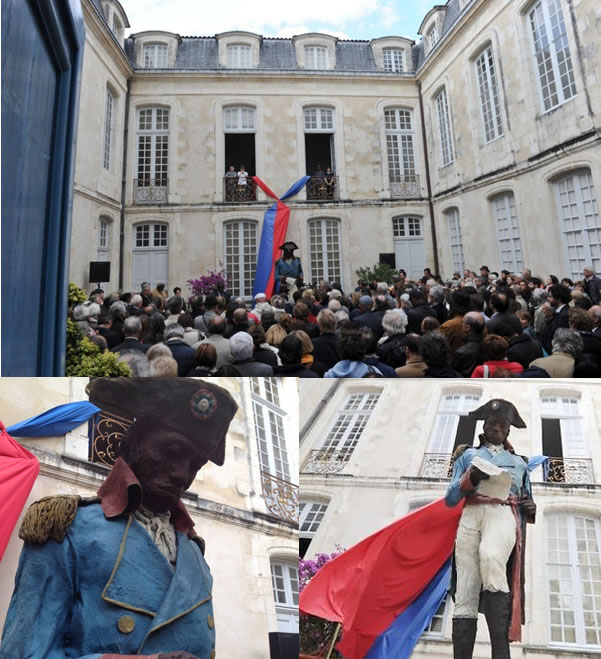
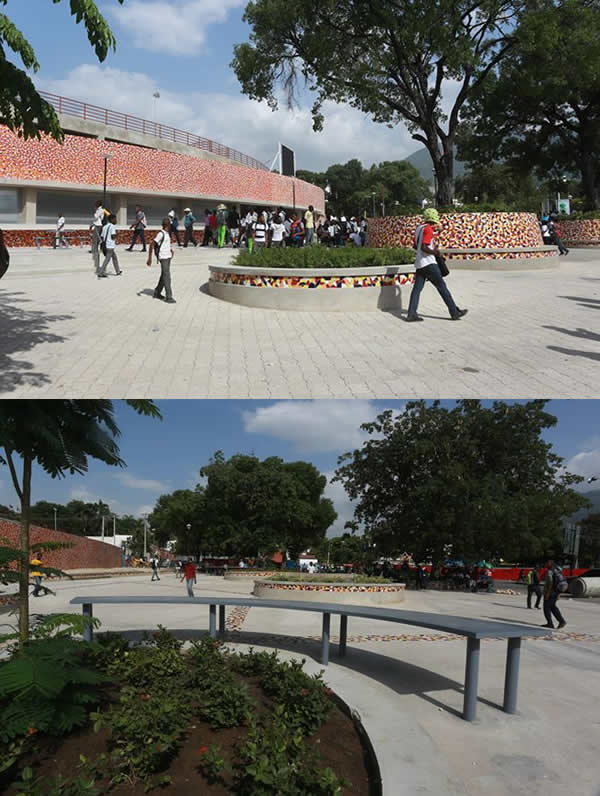
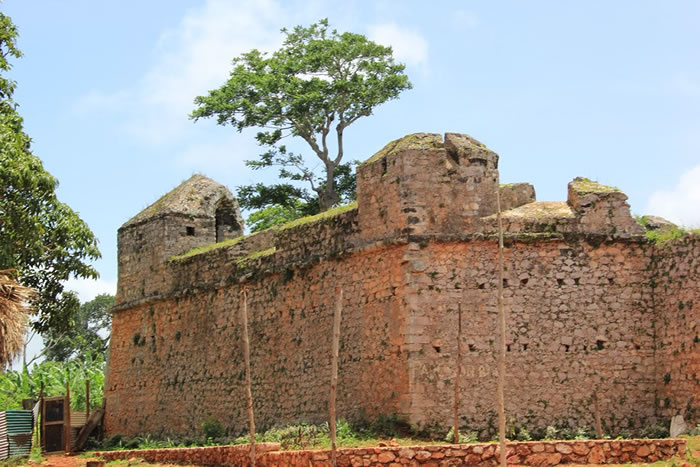
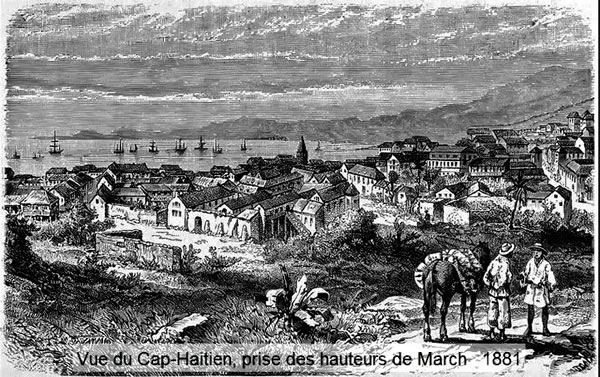
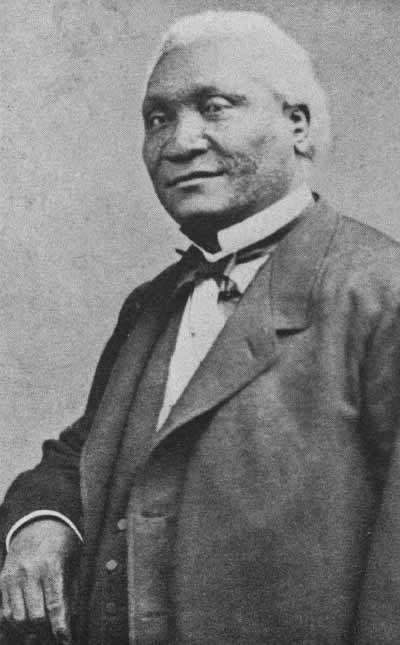
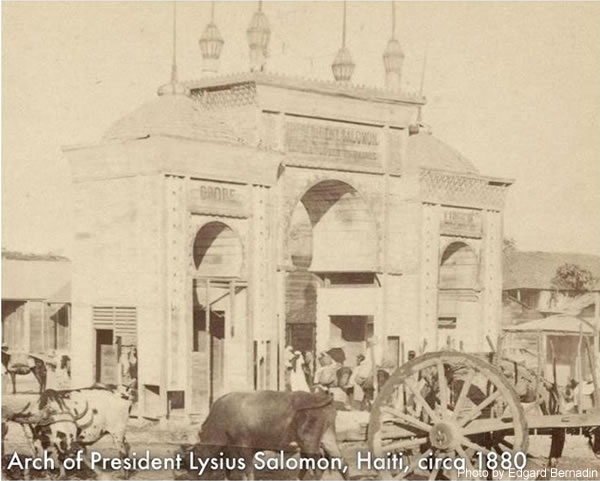
 Who will be the next president of Haiti?
Who will be the next president of Haiti? 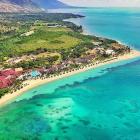 Royal Decameron Indigo and White sands
Royal Decameron Indigo and White sands  Haitiano-Japanese Naomi Osaka wins the US Open against Serena...
Haitiano-Japanese Naomi Osaka wins the US Open against Serena...  Dr. Michaëlle Amédée Gédéon is dead
Dr. Michaëlle Amédée Gédéon is dead  Jovenel Moïse nominated Jean Henry Céant as prime minister of...
Jovenel Moïse nominated Jean Henry Céant as prime minister of...  Commissioner Frantz Pierre indicted for accepting bribes
Commissioner Frantz Pierre indicted for accepting bribes 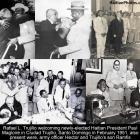 Rafael L. Trujillo welcoming Paul Magloire in Santo Domingo
Rafael L. Trujillo welcoming Paul Magloire in Santo Domingo 

